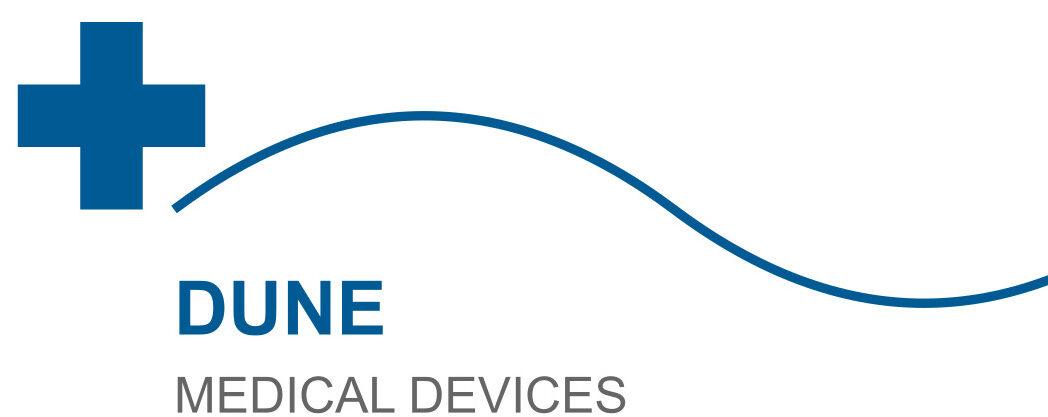
Viora V20 Side Effects & Risks: What to Expect
Considering the Viora V20 treatment? While this non-invasive procedure is known for its skin-tightening and contouring benefits, it’s important to understand potential side effects, risks, and recovery expectations. Below, we outline what patients typically experience and how Viora V20 compares to more invasive alternatives.
Common Side Effects of Viora V20
The Viora V20 uses radiofrequency (RF) and multi-polar technology to stimulate collagen production and improve skin texture. Most side effects are mild and temporary, including:
- Redness: Mild redness may appear immediately after treatment but usually subsides within a few hours.
- Swelling: Some patients experience slight swelling, particularly in sensitive areas like the face or neck.
- Tingling or warmth: A temporary tingling sensation is common due to increased blood flow.
These effects typically resolve within 24-48 hours. Unlike invasive procedures, Viora V20 requires no anesthesia or incisions, minimizing complications.
Rare Risks and Considerations
While serious risks are uncommon, patients should be aware of potential adverse reactions, especially if they have certain skin conditions or medical histories. Rare risks include:
- Burns or blisters: Improper device settings or inexperienced technicians may cause thermal injury.
- Hyperpigmentation: Patients with darker skin tones may experience temporary darkening in treated areas.
- Allergic reactions: Rare cases of irritation from conductive gels or post-treatment products.
To minimize risks, ensure your provider is certified and experienced in administering Viora V20 treatments. A consultation beforehand can assess your suitability for the procedure.
Downtime and Recovery Expectations
One of the key advantages of Viora V20 is its minimal downtime. Most patients resume normal activities immediately, though some precautions are recommended:
| Activity | When to Resume |
|---|---|
| Exercise | Same day (if no irritation) |
| Sun exposure | Wait 48 hours; use SPF 30+ |
| Skincare products | Avoid retinoids/acids for 24 hours |
Compared to surgical alternatives like facelifts or liposuction, Viora V20 offers a “lunchtime procedure” with no extended recovery. However, multiple sessions may be needed for optimal results.
Viora V20 vs. Invasive Treatments
While invasive procedures often deliver more dramatic results, they come with higher risks and longer recovery. Here’s how Viora V20 compares:
- Safety: No incisions, scarring, or general anesthesia required.
- Pain level: Minimal discomfort (often described as a warm massage).
- Results: Gradual improvement over weeks vs. immediate surgical results.
For patients seeking subtle enhancements without surgery, Viora V20 is a compelling option. Discuss your goals with a provider to determine if it aligns with your expectations.
Frequently Asked Questions (FAQ)
How many Viora V20 sessions are needed?
Most patients require 4-6 sessions spaced 2-4 weeks apart for optimal collagen remodeling. Maintenance treatments may be recommended every 6-12 months.
Is Viora V20 safe for all skin types?
Yes, Viora V20 is generally safe for all skin tones. However, those with active infections, pacemakers, or pregnancy should avoid treatment.
When will I see results?
Initial tightening may be noticeable after 1-2 sessions, with full results appearing over 3-6 months as collagen production increases.
For more details on the procedure, visit our guide to Viora V20 treatments or consult a qualified provider.
“`
